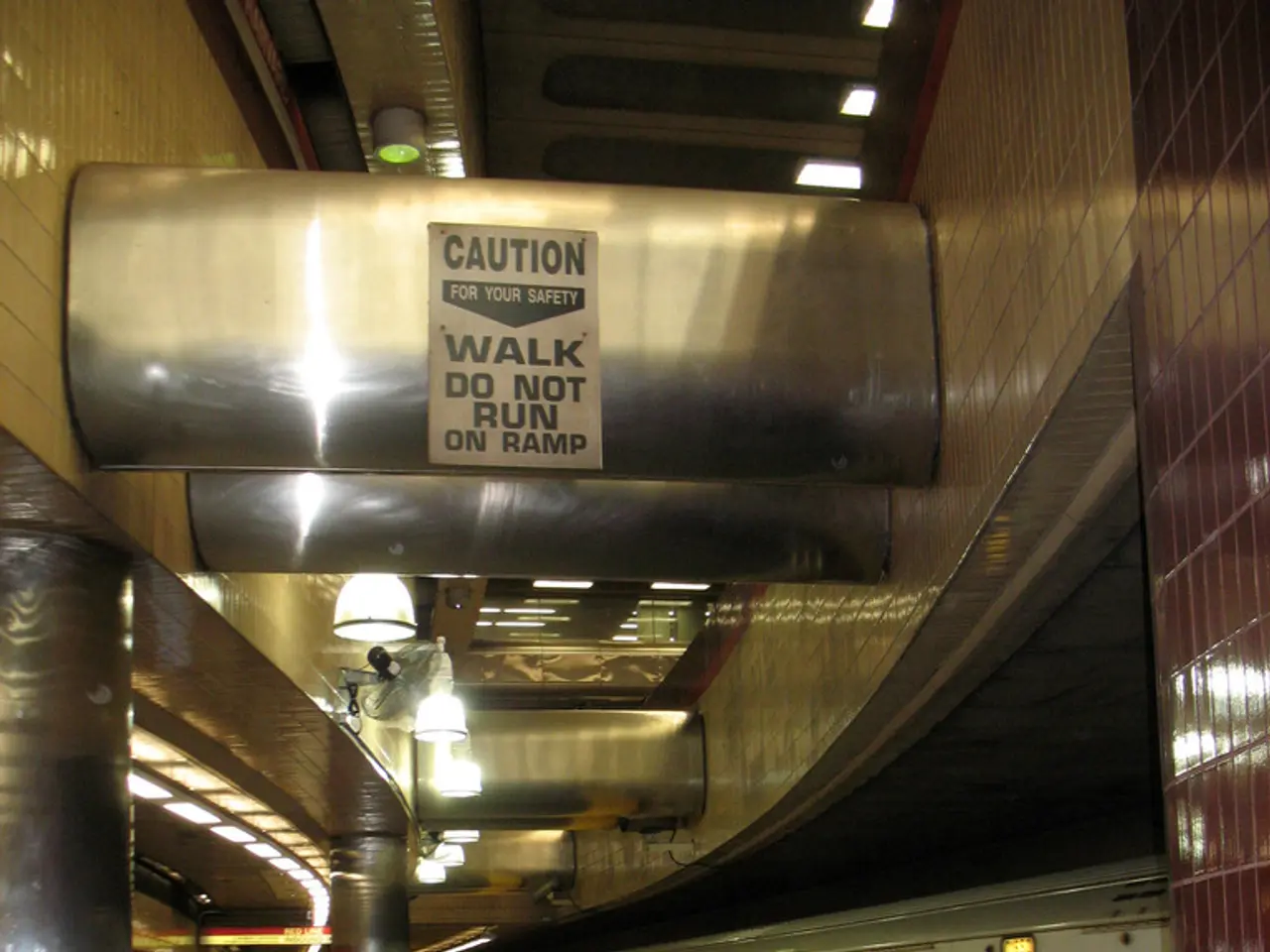Electricity's Artistic Impact: 20th-Century Architecture Shaped by Power
In the early 20th century, the advent of electrification brought about a wave of new technologies, from electric lighting to electric motors. However, these innovations were met with skepticism and resistance, particularly from incumbent industries and city leaders.
For instance, gas companies aggressively lobbied against electric lighting, and electric motors were initially dismissed as unsuitable for heavy industry due to perceived weakness or high cost. Electric technologies were widely viewed as too expensive, complex, or even implausible.
However, the turning point came around the 1920s, particularly in the UK, where electric lighting achieved cost parity with gas lighting. This led to a rapid decline in gas lighting demand, as electricity proved not only more efficient but increasingly affordable. This period saw a rapid surge in electricity adoption once electric services clearly outperformed traditional ones both in price and efficiency.
Public attitudes evolved significantly through the 1920s and 1930s, especially in the United States, where the question of who should own and manage electricity generation and distribution became politically charged. Support grew for public ownership of utilities, particularly hydroelectric power, amid concerns that private companies charged high prices and operated without sufficient regulation.
This led to government initiatives like the Tennessee Valley Authority in the 1930s aimed at public control of power resources, reflecting a broader shift toward viewing electricity as a public good rather than purely a private commodity.
By mid-century, the electricity network was increasingly accepted as a vital and normal part of infrastructure, facilitating industrial modernization, urban development, and improved quality of life. Technological advances (like efficient steam turbines for power generation) and infrastructure expansion supported this normalization. Public resistance faded as electric services demonstrated clear, tangible advantages over previous technologies.
The Los Angeles Times wrote in 1913 about long-line transmission systems reaching the city, likening it to a hand robed with lightning from the Sierras. For many, electrical plants and powerhouses were not seen as carbuncles on the face of nature but, like the telegraphic cable, monuments to modernity.
The Hoover Dam, often compared to the Ninth Symphony of the day and the Great Pyramid of the American Desert, was a potent symbol of humankind's dominion over nature, being hewn out of solid rock. Snoqualmie Falls Hydroelectric Power Station, similarly, was a testament to human mastery of nature.
The public's initial reaction to the visible manifestations of the electricity network was marked by skepticism, resistance, and controversy. However, as the benefits of electrification became undeniable, these attitudes gradually shifted to acceptance and enthusiasm. The public's initial apprehension towards the mysterious power of the dynamo, as expressed by Henry Adams in his 1907 autobiography, was replaced by awe and admiration for the unstoppable march of progress promised by electricity and the international prosperity and friendship it would bring.
Furthermore, the ambiguous nature of electricity, with its capacity to both create and destroy, has inspired profound emotions in humans throughout history. E J O'Reilly's poem "The Atlantic Cable," printed in a Canadian newspaper in 1858, prophesied the conquest of the world by electrical technology. This sentiment was echoed in Stephen Spender's paean to pylons in 1933, considering them emblems of progress and modernity.
Even Edison's workforce in the late 19th century showed superstitious anxieties towards the electrified cables, with some laborers being afraid of the devils in the wires. However, Chicago architect E H Bennett admired the aspect of great airy structures stalking the hills in the 1920s.
In summary, the visibility of electricity networks initially sparked contestation but ultimately led to broad public embrace as the economic and practical benefits became undeniable. The public's initial skepticism and resistance gradually gave way to acceptance and enthusiasm, and the electricity network became an integral part of everyday life and industry.
[1] C. K. Gunsalus, "The Electrification of America: Technology and the Pursuit of Progress," Johns Hopkins University Press, 2002. [2] T. A. Bailey, "Public Power and the Tennessee Valley Authority," University of Tennessee Press, 1992. [3] J. M. Cooper, "The American Powerhouse: A History of Electricity," John Wiley & Sons, 2004. [4] C. S. Hollinger, "Electrifying America: Social Meanings of a New Technology, 1880-1940," University of Illinois Press, 1991.
[1] With the economic and practical benefits of electricity becoming increasingly evident, the initial skepticism and resistance towards new technological innovations, like electric lighting and motors, gradually gave way to acceptance and enthusiasm. [2] By the mid-20th century, technology such as efficient steam turbines and infrastructure expansion had normalized the use of electricity, making it an integral part of both everyday life and industry.




